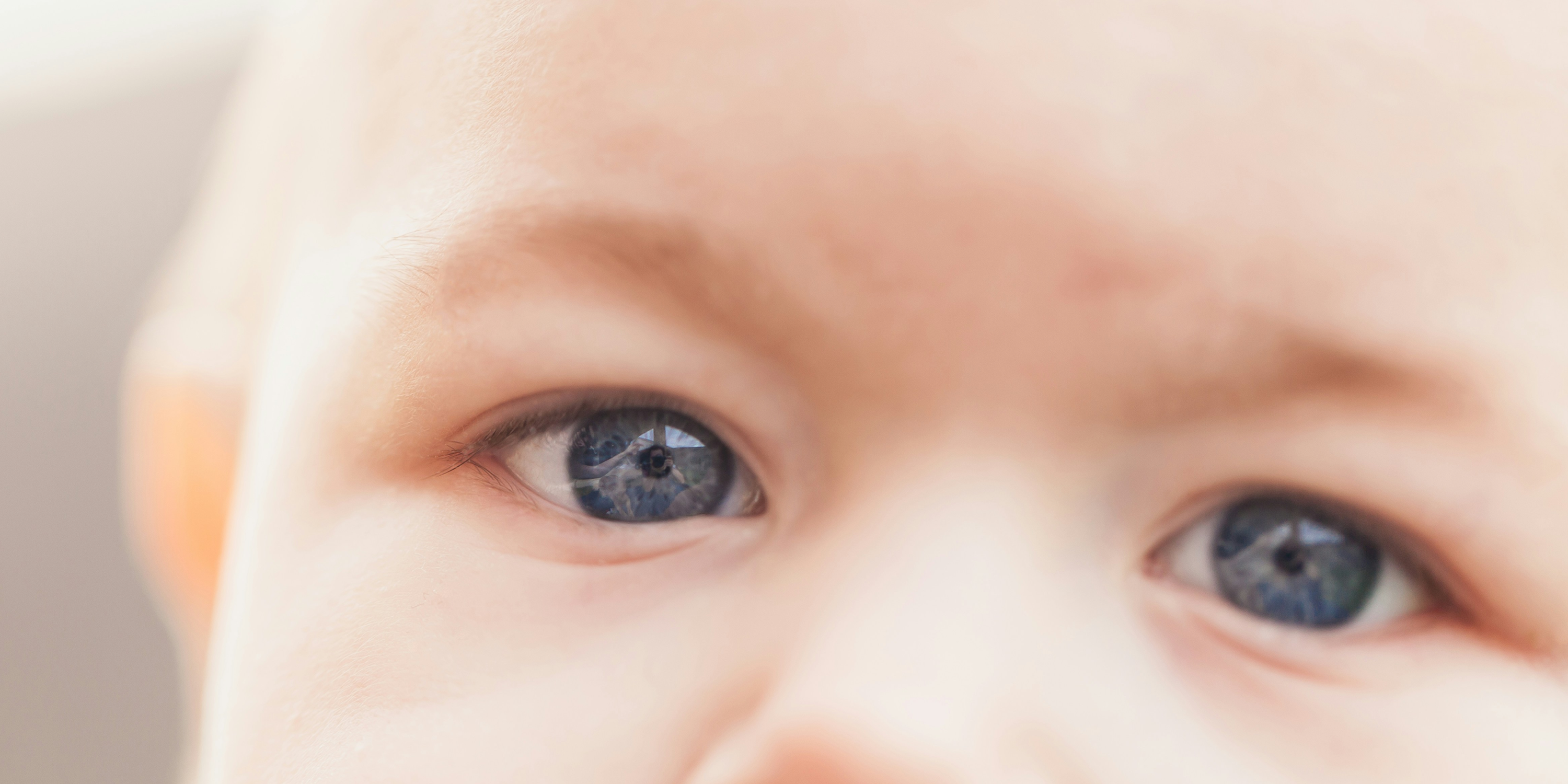Eye contact might seem small, but it’s one of the most powerful tools you have as a parent. Looking into your child’s eyes sends a message that says: “I see you. I hear you. You matter.”
Why Eye Contact Is Important
1. Builds Connection
When you make eye contact, your child feels noticed and valued. It strengthens your bond and shows them they’re important to you.
2. Helps Kids Listen
Children are more likely to listen and follow instructions when you’re at their level and looking into their eyes. It cuts through distractions and makes your message clear.
3. Teaches Social Skills
Kids learn how to interact by copying you. When you use eye contact, they pick up on this skill too—helping them build friendships and communicate with confidence.
4. Calms Big Emotions
Gentle eye contact, combined with a calm voice, can help soothe your child when they’re upset. It shows you’re present and steady, even if they’re not.
How to Use Eye Contact Well
- Get down to their level: Kneel or sit so you’re face-to-face.
- Keep it warm: Pair eye contact with a smile or gentle expression.
- Use names: Start with their name—“Sam, look at me”—then give your message.
- Don’t force it: Some kids (especially shy kids or children with autism) may find long eye contact uncomfortable. Short glances, smiles, or gentle touches can work too.
Your Takeaway
Eye contact is a simple but powerful way to connect, teach, and guide. Every time you look into your child’s eyes with warmth, you’re saying: “You’re loved, you belong, and you matter.”
References
Niedźwiecka, A. (2020). Look me in the eyes: Mechanisms underlying the eye contact effect. Child Development Perspectives, 14(2), 78-82.
https://www.canr.msu.edu/news/eye_contact_an_introduction_to_its_role_in_communication
Photo by Brandon Day on Unsplash
.png)

%20(1).jpg)
%20(1).jpg)
-min.jpg)